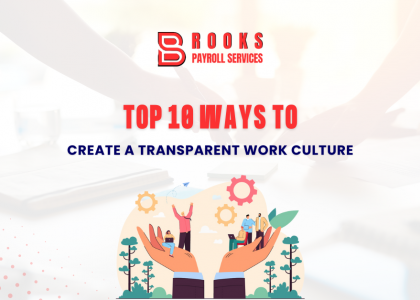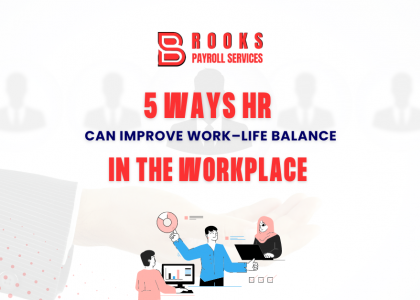Introduction: Navigating the New Norm
In today’s fast-paced world, achieving a harmonious balance between work and personal life has become more challenging than ever. The pandemic has significantly altered the work landscape, with remote work blurring the lines between professional and personal boundaries. This article explores five effective ways Human Resources (HR) can play a pivotal role in enhancing work–life balance for employees.
The Importance of Work–Life Balance for Employees and Employers
Achieving a healthy work–life balance is not only beneficial for employees but also crucial for the overall success of a business. This section delves into the myriad advantages that come with fostering a balanced work–life environment.
1. A Work Environment that Boosts Work–Life Balance
- 1.1 Setting Boundaries for After-Hours Communication
Explore the impact of after-hours work and the need for organizations to establish clear boundaries. Highlight the correlation between excessive working hours and decreased productivity, emphasizing the importance of disconnecting after the workday.
2. Managers Need to Implement Macro-Management
- 2.1 Leadership’s Role in Work–Life Balance
Discuss the crucial role managers play in fostering work–life balance. Highlight the need for healthy boundaries between work and home, showcasing how effective leadership positively influences employee well-being and productivity.
3. Create Great Opportunities
- 3.1 Well-being as the Foundation
Examine the role of well-being in promoting work–life balance. Introduce mindfulness practices and other well-being initiatives that organizations can implement to support their employees’ mental health and overall satisfaction.
4. Support Flexible Work Hours
- 4.1 The Power of Flexibility
Highlight the significance of offering flexible work hours as a means to support employees’ mental health. Reference statistics from the American Psychological Association to underscore the positive impact of relaxed working hours on employee well-being.
5. Healthy Communication
- 5.1 Encouraging Open Dialogue
Emphasize the importance of open communication between HR and employees regarding work–life balance. Discuss the unique needs of individual employees and how fostering genuine communication can contribute to organizational success.
Conclusion: Nurturing a Balanced Work–Life Ecosystem
Summarize the key points discussed in the article, reinforcing the idea that a balanced work–life ecosystem benefits both employees and employers. Highlight the role of HR in creating a workplace culture that values well-being and open communication.
Frequently Asked Questions (FAQs)
1. How can HR professionals assess the work–life balance needs of employees?
- HR professionals can conduct regular surveys, one-on-one meetings, and feedback sessions to understand individual needs and challenges.
2. Are flexible work hours applicable to all industries?
- While not universally applicable, many industries have successfully implemented flexible work hours. It depends on the nature of the work and the organization’s policies.
3. What are some practical mindfulness practices for employees?
- Mindfulness practices can include guided meditation, yoga sessions, and stretch breaks. Offering diverse options allows employees to choose activities that resonate with them.
4. How can HR promote a culture of trust and communication?
- HR can organize team-building activities, workshops, and forums that encourage open communication, fostering a sense of trust and camaraderie.
5. Is work–life balance only the responsibility of HR?
- While HR plays a crucial role, achieving work–life balance is a collective effort. All levels of management and individual employees contribute to creating a balanced work environment.










